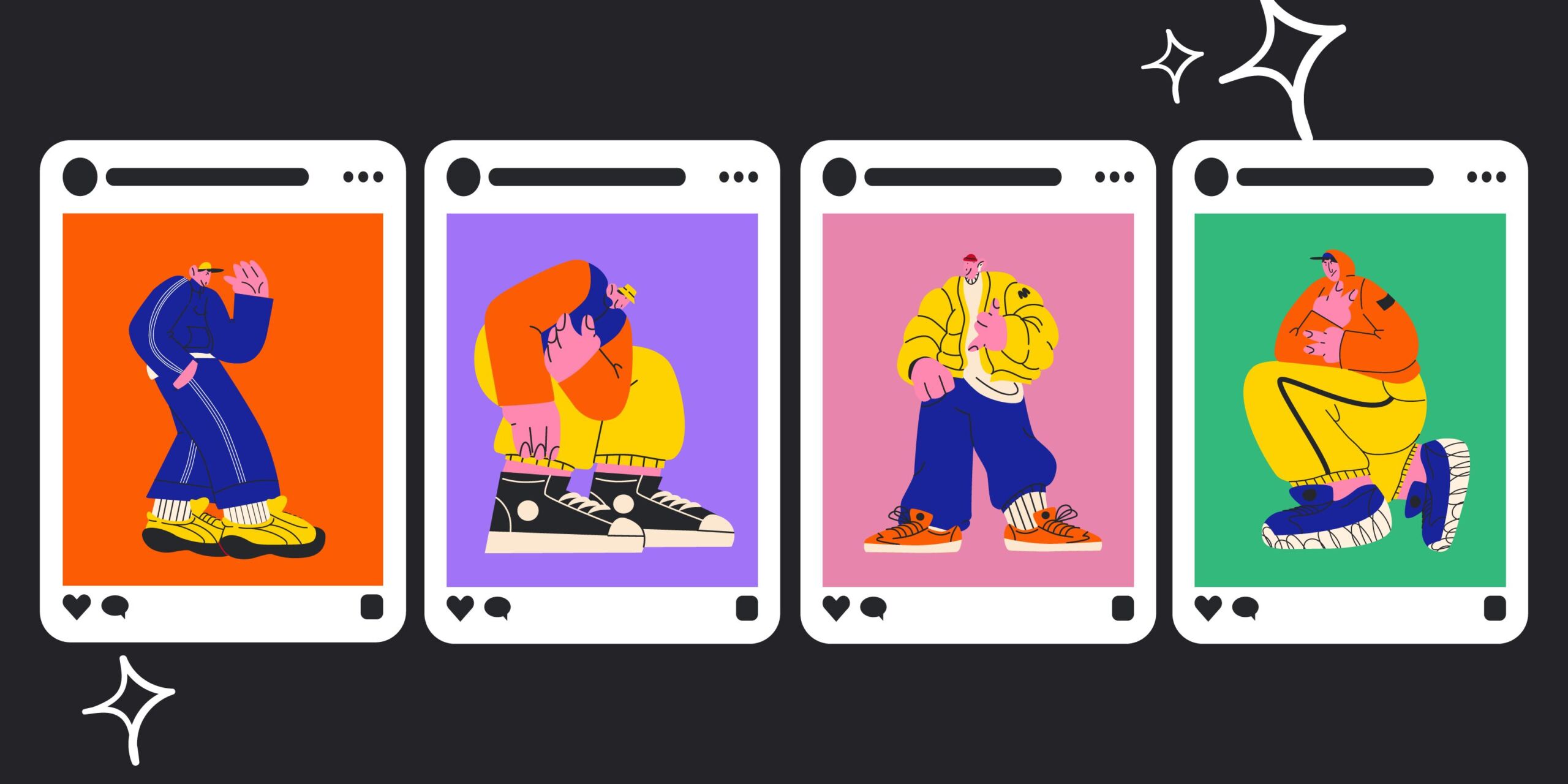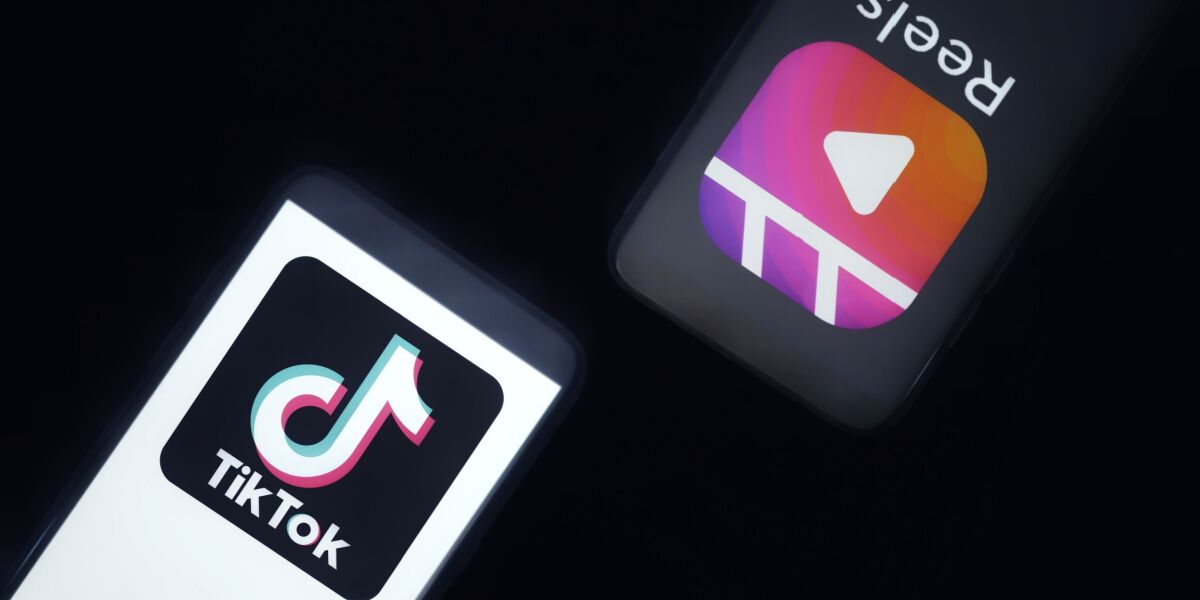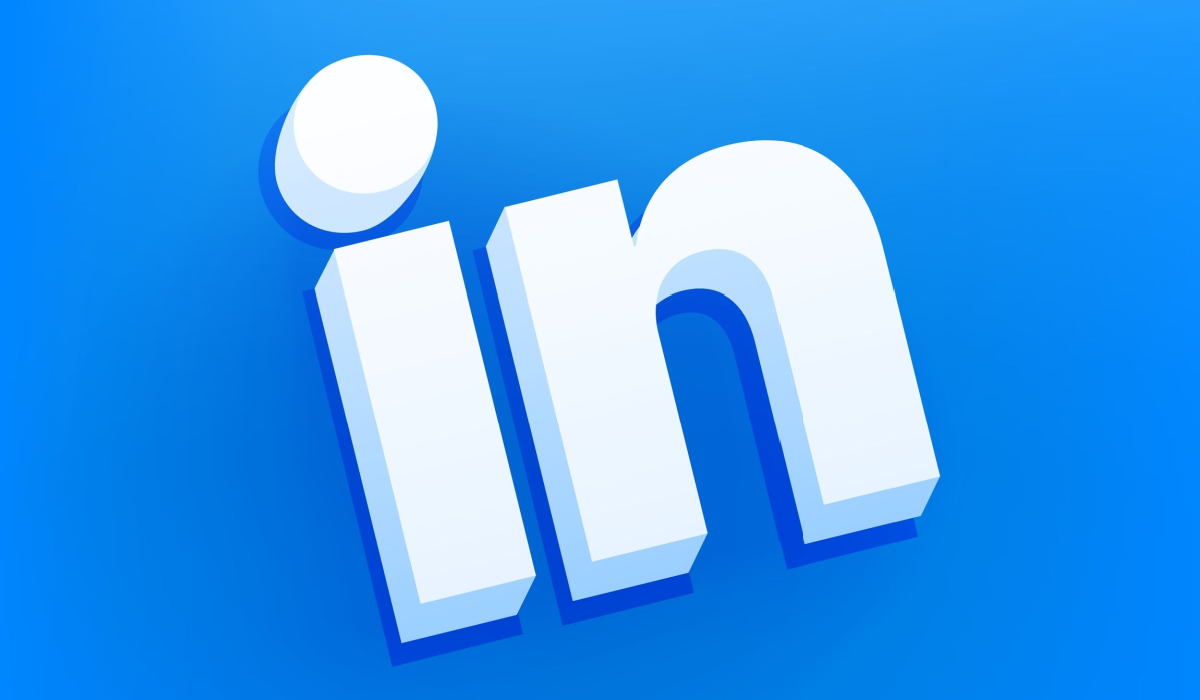While Facebook might not be the hip, young, college kid hangout it used to be, it’s one of the most powerful social media platforms worldwide. With over 2.80 billion monthly active users, Facebook has more engaged users than Instagram, TikTok, and Snapchat combined—true story.
Regardless of if you like the OG social media platform or not, there’s no denying its reach. Whether you’re trying to reach Russian video gamers, Brazilian Olympians, or California Baby Boomers, this is the one-and-only platform where you can find them all.
However, getting started with Facebook advertisements isn’t quite as easy as signing up and pressing “Go.” It takes a little education and practice to learn how to advertise on Facebook without burning your budget by the end of the week.
Fortunately, you’re not alone. We’ll walk you through how to run Facebook ads that actually perform. Below, we’ll show you how to get started, the best ways to advertise on Facebook, retargeting tips, and more. First, let’s get you pumped about Facebook with some eye-opening stats and benefits.
Benefits of Running Facebook Ads
You’re probably wondering if Facebook ads are worth your time and effort. With other channels like email marketing, content marketing, search engine optimization (SEO), and affiliate marketing, is there a reason you should be allocating a budget for Facebook?
We believe: yes.
While there are lots of channels and marketing tactics to take advantage of, Facebook offers a few unique benefits that are hard to ignore:
- Go head-to-head with the competition: Over 200 million small businesses worldwide use Facebook tools. Some of these businesses are direct competitors, substitutes, complements, and partners. If you don’t have a presence on Facebook, your audience will always find their content instead of yours.
- Users are looking for products: Once upon a time, Facebook was just for sharing funny memes and videos. While there’s still a place for that, 78% of American consumers have used the platform to discover retail products (and more than half of them are actively looking).
- Facebook ad money is money well spent: Facebook ads deliver the highest return on investment (ROI) of any paid advertising channel. If you want to get the most bang for your buck, turn to Facebook.
Facebook Terminology You Need to Know
Before we start throwing around jargon terms you’ve never heard of, let’s go through a few need-to-know definitions:
- Boosted Post: Boosting a post (also known as sponsoring) is a quick way to show your content to more followers without going through the more intensive Ad Manager.
- Clicks: Clicks on a Facebook ad can mean a lot of things beyond a click on your link. Clicks could be:
- Links clicks
- Profile clicks
- Post reactions
- Shares
- Comments
- Play media
- Call-to-action (CTA) box click
- CPA: Cost Per Acquisition, or Cost Per Result, reveals the average cost to achieve your designated objective (set in your ad campaign).
- CPC: Cost Per Click. This is the price you pay for each click on your Facebook ad.
- Creative Hub: A place to create mockups for ads and preview them before they go live.
- Custom Audience: A targeting option where you can customize details about the audience that’ll see your ads.
- DCT/DCO: Dynamic Creative Testing. Facebook’s introduction to multi-variant or multi-element testing within campaigns.
- Facebook Business Manager: No, it’s not a specific person. Facebook’s Business Manager is where you can manage pages, ad accounts, user permissions, content scheduling, analytics, and more.
- Facebook Pixel: Also known as just the pixel, this handy analytics tool is JavaScript code that helps to track activity. When someone visits a page of your website, the pixel will notify Facebook to record their activity.
- Lead Generation: A campaign objective where you try to acquire contact details (name, email address, phone number) about your audience.
6 Best Ways to Advertise on Facebook
Marketers usually use the generic term “Facebook advertising” to encapsulate a load of different ways to advertise on Facebook. You can use other tactics and approaches with your Facebook marketing strategy to make it unique and custom to your business.
Here are a few of our favorite ways to advertise on Facebook:
1. Geo-Target Using Facebook Ads
While close to 3 billion people actively use Facebook, your actual target market is much smaller. Depending on your niche, it could be hundreds or thousands instead of millions or billions.
Geo-targeting helps you refine your target market and serve ads to those most likely to buy. If you have a physical storefront in Denver, Colorado, you’d want to target potential customers in the area instead of wasting your money marketing to folks in Wisconsin.
You could also use geo-targeting to market to specific types of people. For example, if you’re marketing to startups and young businesses, you may want to set geo-targeting parameters around Palo Alto, California, or Toronto, Canada.
When you’re setting up your ad, you’ll get to choose your targeting radius. You could get hyper-targeted and narrow down to a specific part of a city, like a downtown shopping area—or you could stretch out your borders to include multiple cities or counties.
After you’ve set your boundaries, you can niche down further by filtering age and gender. If you have a boutique for millennial women, you could establish filters to only target ladies between ages 25 and 40 in your city.
Setting up geo-targeting and filters can take some time, but it’ll help you stretch every advertising dollar to its maximum potential.
2. Focus on Retargeting
Taking a customer through the entire buyer’s journey from brand awareness to consideration to purchase to repeat customers is a long, expensive road—especially if you’re starting from ground zero with every new ad campaign.
Facebook ads have plenty of tactics you can use to progress the buyer’s journey instead of starting from scratch. If you’re using a Facebook Pixel on your website, landing pages, and product pages, you’ll learn valuable insights about your customer that you can use to remarket to them.
Here are a few ways you can use Facebook ads for retargeting customers who’ve already interacted with your brand somewhere on the internet:
- Abandon cart ads: Use Facebook’s dynamic ads to automatically show your customers relevant items they might have browsed in your catalog or added to their digital shopping cart. Don’t just show them what they were considering—give them a push to cross the finish line with a discount offer or free-shipping coupon.
- Incomplete profile ads: Did a user visit your site and bounce before they completed their profile or activated their free trial? These customers have already shown interest, so entice them to come back with a reminder or promotional offer.
- Reengagement ads: Has a customer liked your Facebook pages or interacted with your content in the past? If they’ve fallen off the bandwagon, give them a gentle reminder to return and engage. You might show them one of your best pieces of content or send them an engaging post that they’ll want to interact with.
- Personalized ads: Learn what your customers like and dislike so that you can serve them content they care about. For example, you may find that a segment of your audience frequently looks at your hats but none of your other apparel—instead of trying to sell them everything at your store, get hyper-targeted and serve them up relevant ads with hats.
- Encourage repeat purchases: Did a customer buy a 30-serving multivitamin last month? Instead of marketing new products to them, encourage them to refill their supply and stock up.
3. Build Relationships Instead of Drive Purchases
Facebook isn’t always the best place for pushing the sale. Sometimes, you’re better off building awareness and brand affinity with your audience and making the sale later.
For example, you may use Facebook to provide your audience with great content and build your leads. Afterward, you might send them a discount code or promotional offer using email marketing or SMS.
Remember, you have to build awareness and brand affinity before you can win the sale. That means you might invest in Facebook advertisements that don’t have an immediate ROI—the return might not come for weeks or months.
The Rule of 7 states that a prospective buyer usually hears or sees a marketing message at least 7 times before they make a purchase. Think about your own buying behavior with brands.
Do you see the same ad over and over on Instagram before you actually take the time to watch it and click to learn more? How many times did you watch the same exact commercial during your TV show binge before you even paid attention?
Timing and intent matter. Not everyone is on Facebook to find and buy new products. Most are just looking to catch up on what’s going on with friends and family. That doesn’t mean their clicks and engagement aren’t valuable—it just means you might need to wait for another time or channel to push for the sale.
4. Use Videos Ads
If content is king, then video content is the ace of spades. Video content has always been the best-performing content across social channels, and the same is true when it comes to Facebook ads.
Facebook video posts receive an average engagement rate of 0.26% compared to the overall average engagement rate of 0.18%. And 62% of people report being more interested in products after seeing them in a Facebook video.
However, creating high-quality video content isn’t easy—and it’s usually not cheap. Determine how much advertising budget you have to work with and if you believe the ROI will warrant the investment.
Video ads featuring evergreen content tend to be more valuable to small businesses since they can reuse and repurpose the videos for months and years to come. Think about video content you can create that will have a long shelf life before investing thousands of dollars.
Next, think about where you want to put your video ads. You can place them as commercials between organic videos on Facebook Watch or the Facebook News Feed, or you can put them as in-stream ads (sort of like commercials).
5. Advertise on Facebook Stories
The Facebook News Feed and right-hand column aren’t the only locations where you can place your ads. Consider adding vertical ads to Facebook Stories.
Facebook has put Stories at the top of their mobile and browser apps, making it the first bit of content most users see. Some users never get past this point—they scroll through Stories to consume content and exit the app before browsing through their Feed or notifications.
Take advantage of this real estate and experiment with placing Stories. You may find that your audience spends more time in Stories versus the Feed, helping you know where to allocate your budget and which types of content you need to invest in creating.
You can set up advertisements on Facebook Stories to target whatever business objective you’d like: reach, brand awareness, conversion, traffic, lead generation, video views, and app install. You can also use all of Facebook’s targeting and audience-building capabilities to ensure you’re only investing in potential customers.
6. Advertise on Facebook Messenger
Another often neglected Facebook advertising tactic is Facebook Messenger. Messenger has over 1.3 billion active users, and they’re just as primed for advertising as anyone.
You can advertise on Facebook Messenger in a few different ways:
- Start conversations: Reach people at scale, and use Messenger to communicate with them individually. Add CTAs to your advertisements to have customers click through and start communicating with your business. This can be an excellent method if your product is better suited to a sales team or a conversation.
- Reach people in the inbox: Target people on the Chats tab where they’re browsing their ongoing conversations. When they tap your ad, you can either have them go directly to your link or even start a conversation in Messenger.
- Retarget with Sponsored messages: Sponsored messages allow you to initiate conversations with people who’ve already communicated with your business in Messenger. This gives you an opportunity to re-engage them with content, discounts, or new products.
Play around with these different methods and see which works best for you. You may find that driving your potential buyers to a conversation in Messenger leads to a higher conversion rate than a landing page. It also gives you a chance to restart conversations with customers who’ve already shown interest in your brand and products.
Not every Facebook marketing tactic will work for you—and that’s OK. For example, video advertisements may be your bread and butter, while another audience may care more for short, witty copy. Another brand may see a lot of success driving their audience to contact them via Facebook Messenger, while others may see more success pushing towards landing pages or downloads.
Experiment and figure out what works best for your startup. Once you find a tactic or 2 that works well, scale them. Invest additional budget and see if they continue to perform.
Monitor the Progress of Your Campaigns
Facebook ad campaigns aren’t once-a-month set-it-and-forget-it tasks. You should be regularly analyzing the success of your campaigns so that you can pivot on the fly.
For example, if you find a specific ad driving conversion at a lower CPC than others, you can nix the alternatives and throw more budget behind the better-performing ad.
Set time aside every few days (or at least once a week) to review your Facebook ads’ performance. This will give you time to make tweaks to messaging, placement, and target audience before you burn through all your budget.
How to Get Started Using Facebook Ads
Ready to get in the weeds and learn how to master Facebook ads? Join our Facebook ads masterclass to learn how to drive more revenue at lower costs on the platform. We’ll show you how to avoid rookie spending mistakes and how to follow proven formulas to see results quickly.
Your instructor will be Nick Shackelford, the man who helped sell the iPhone 7, Apple Watch, iPadPro, and original Fidget Spinner (yes, you have him to thank for that). Nick’s personally spent over $100 million on Facebook advertising, so it’s safe to assume he’s learned what works and what doesn’t. Rest assured—you’re in good hands.
Time is money, and you can’t afford to waste either. Join our class to accelerate your way to Facebook success and prove out the model in weeks instead of months or years.


















